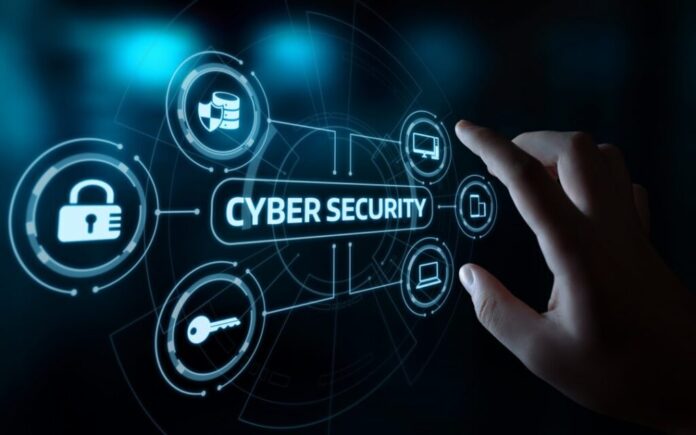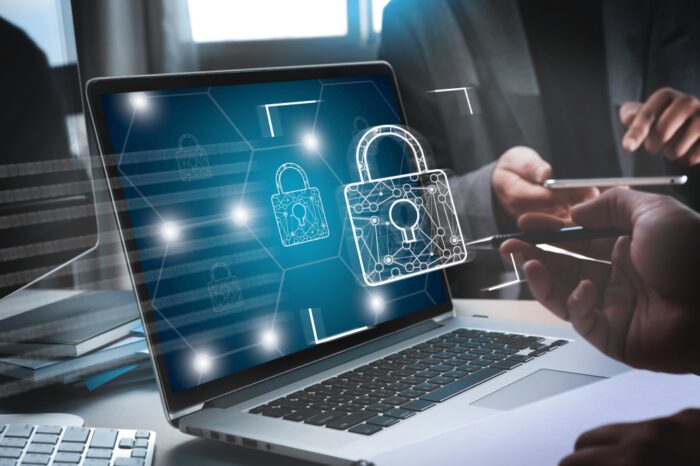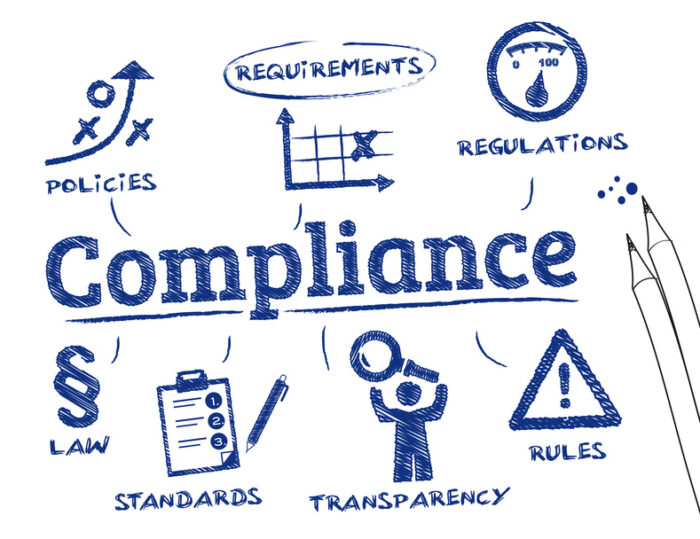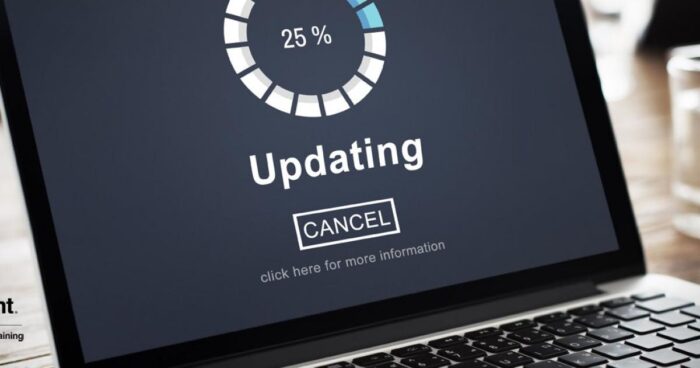
In today’s increasingly digital world, IT security has become a critical concern for businesses and individuals. It encompasses a wide range of measures and practices designed to protect digital information from unauthorized access, theft, or damage.
With high-profile data breaches and cyber attacks making headlines regularly, it’s clear that no one is immune to the threat of cybercrime.
Without proper security measures, businesses and individuals are vulnerable to cyber attacks, data breaches, and other malicious activities that can result in reputational damage, financial losses, and legal consequences.
Reasons Why IT Security Is Crucial
1. Protection Against Cyber Attacks and Data Breaches

Cyber attacks refer to malicious activities that target computer systems, networks, or devices, with the intent of stealing or disrupting information. Data breaches, on the other hand, occur when sensitive information is accessed or stolen without authorization.
Proper IT security measures can help prevent these attacks by identifying and addressing vulnerabilities in computer systems and networks, implementing robust access controls, and ensuring that sensitive data is encrypted and protected.
2. Prevention of Financial Losses Due to Theft or Fraud
Cybercriminals can steal money, credit card details, and other valuable information from individuals or businesses. They can also commit fraud by impersonating legitimate entities or using stolen identities to gain access to sensitive information or financial assets.
The financial losses from these activities can be significant and may include costs associated with forensic investigations, remediation efforts, legal fees, and customer compensation. Effective IT security measures can help prevent financial losses by detecting and blocking fraudulent activity and providing early warning of potential threats. This can enable organizations to take swift action to mitigate the risk and minimize the impact of cybercrime.
3. Preservation of Reputation
A security breach can damage the reputation of an individual, business, or organization by causing public embarrassment, loss of trust, and negative publicity. A security breach can result in the loss of customer trust, negative publicity, and damage to the brand image.
The aftermath of a cyber attack can also include legal action, regulatory penalties, and loss of business opportunities. In today’s digital age, where news spreads rapidly through social media and other online channels, the impact of a security breach can be amplified, making reputation management even more critical.
4. Compliance With Legal and Regulatory Requirements

Many industries are subject to strict regulations and standards that require protecting sensitive data, such as financial or medical information. For example, the Health Insurance Portability and Accountability Act (HIPAA) sets standards for protecting the privacy and security of personal health information, and failure to comply can result in hefty fines and legal consequences. Similarly, the General Data Protection Regulation (GDPR) requires organizations to implement strong IT security measures to protect the personal data of EU citizens.
5. Ensuring Confidentiality, Integrity, and Availability of Sensitive Information
Confidentiality refers to the protection of sensitive information from unauthorized access, while integrity ensures that the information is accurate and trustworthy. Availability refers to the ability to access information when needed. Effective IT security measures such as access controls, encryption, and backup and recovery systems can ensure the confidentiality, integrity, and availability of sensitive information. This is particularly important for organizations that handle sensitive data, such as financial institutions, healthcare providers, and government agencies.
Key Elements of a Good It Security Strategy
1. Strong Passwords

Passwords serve as the first defense against unauthorized access to digital assets, whether personal information, financial data, or confidential business information. A strong password should be complex, using a combination of letters, numbers, and symbols that are difficult to guess. It should also be unique, avoiding common phrases, personal information, or sequential numbers. Furthermore, passwords should be changed frequently to reduce the risk of compromised passwords being used for an extended period.
2. Firewalls
Firewalls are an essential component of any effective IT security strategy. They act as a protective barrier between a company’s internal network and external threats, such as hackers, viruses, and malware. Firewalls analyze incoming and outgoing traffic to determine whether to allow or block it based on pre-set rules and policies. This filtering process helps to prevent unauthorized access to a network, minimizing the risk of data breaches and protecting sensitive information.
3. Antivirus Software
Antivirus software provides protection against various types of malware, including viruses, Trojans, worms, and spyware, by detecting and eliminating them from the system. Antivirus software works by scanning files and programs for malicious code, comparing them to a database of known malware signatures, and quarantining or removing any suspicious files. This helps prevent malware infections that can lead to data loss, system crashes, or other security breaches.
4. Data Encryption
It involves converting plain text data into a coded format using complex algorithms to make it unreadable to unauthorized users. This helps to protect sensitive information from being intercepted, stolen, or compromised by cybercriminals or other malicious actors. Encryption can be applied to various data types, including emails, files, and communications, and can be used at rest and in transit. By encrypting data, businesses can mitigate the risk of data breaches, unauthorized access, and theft, minimizing the potential damage to their reputation and finances.
5. Regular Software Updates

Software updates typically include security patches, bug fixes, and performance improvements that address vulnerabilities in the software. Hackers often exploit these vulnerabilities to gain unauthorized access to systems, steal data, or install malware. By regularly updating software, organizations can reduce the risk of cyberattacks and protect sensitive information. In addition to addressing known vulnerabilities, software updates may introduce new security features that enhance the overall security posture of a system.
6. Employee Training on Best Practices
It’s important to educate employees on the potential risks of cyber attacks and how to prevent them. This can include teaching them how to create strong passwords, recognize phishing scams, and avoid suspicious downloads or websites. Employees should also be trained on handling sensitive information, including proper data classification and secure disposal of documents. Regular training sessions can help ensure that employees are aware of the latest threats and how to respond to them appropriately. This can include conducting simulated phishing exercises or other security drills to test employees’ knowledge and identify areas needing improvement.
IT security has become an essential aspect of our digital lives, and its importance cannot be overstated. With the rise of cybercrime and the increasing reliance on technology, protecting our digital assets has never been more critical. Whether you are a business owner, a professional, or an individual, taking steps to safeguard your information should be a top priority. Though seeking the help of a MSP provider like MyTek is also a good step to get everything right. It is also essential to stay informed about the latest threats and security best practices through resources such as cybersecurity blogs, online forums, and reputable news sources. By prioritizing IT security, we can all do our part in safeguarding our digital future.
















